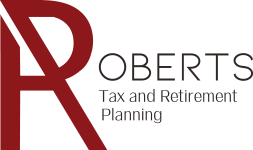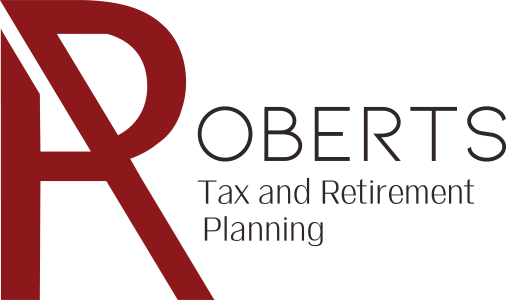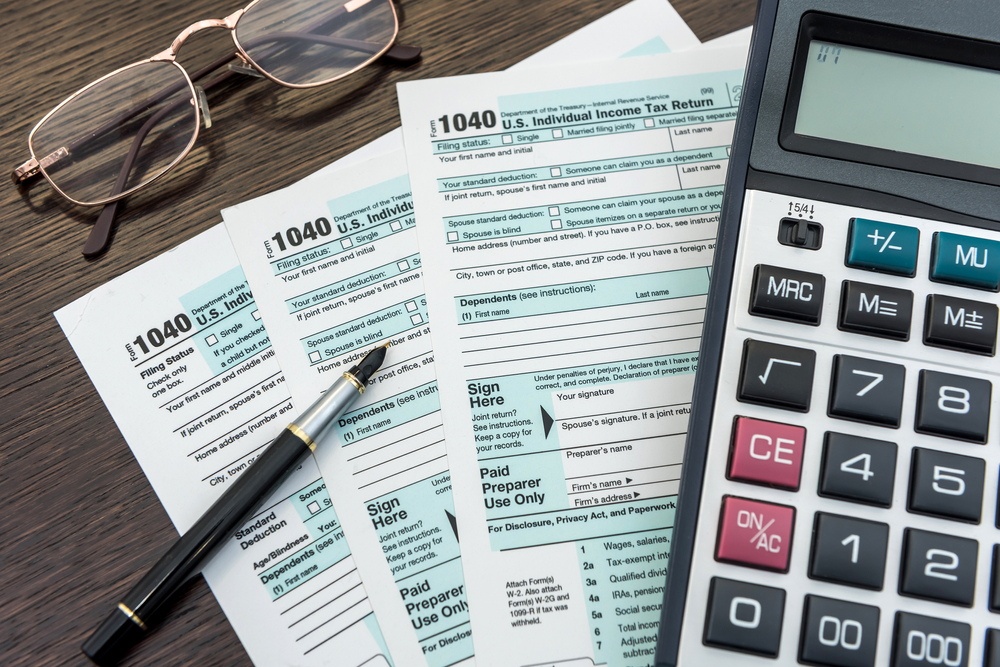Tax return preparation is a complicated process even if you work with a tax professional, but it’s easier to grasp if you understand Form 1040 and its variants. Forms 1040EZ, 1040A and 1040 are among the most common types of returns, and they each have benefits depending on a taxpayer’s situation. Knowing the nuances of these forms will maximize your efficiency and effectiveness as a business owner and taxpayer.
1040EZ
If you’re going to file as single or married filing jointly, and you have no dependents, then Form 1040EZ may be the best option. It’s the most straightforward form available, but it can only be used if you’re reporting W-2 income, interest income or unemployment income. If you have other sources of income, you have to use a more sophisticated return. Also, there are limited deductions that can be claimed on this form.
1040A
Form 1040A is more sophisticated than 1040EZ and can be used by taxpayers electing any one of the five filing statuses. There are more above-the-line deductions available to arrive at adjusted gross income and there are more credits. However, taxpayers can only elect to take the standard deduction to arrive at taxable income, which can be easier in terms of tax return preparation. If you’re itemizing, then you should opt for Form 1040 and Schedule A.
1040
If you have a complex tax return with numerous sources of income, such as W-2 income, business income, rents and dividends in excess of $1,500, then Form 1040 is likely the best option. This form and all of its supporting schedules can accommodate individuals that want to itemize their deductions, claim foreign tax credits and deduct a variety of qualified expenses.
To learn more about tax return preparation, please contact us. Understanding Form 1040 is a sound strategy for starting tax season on the right path.








